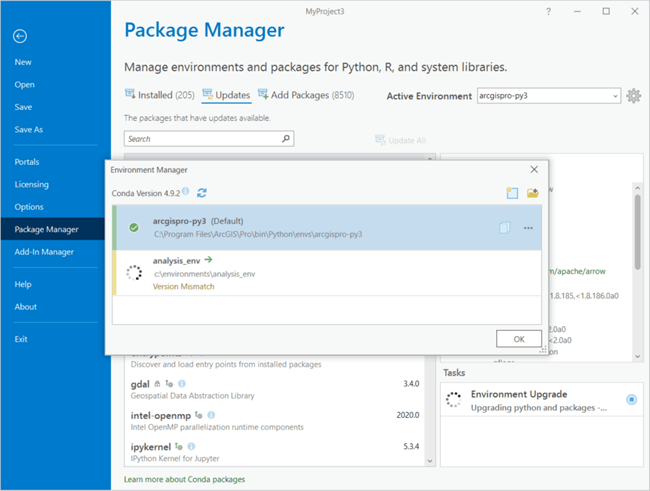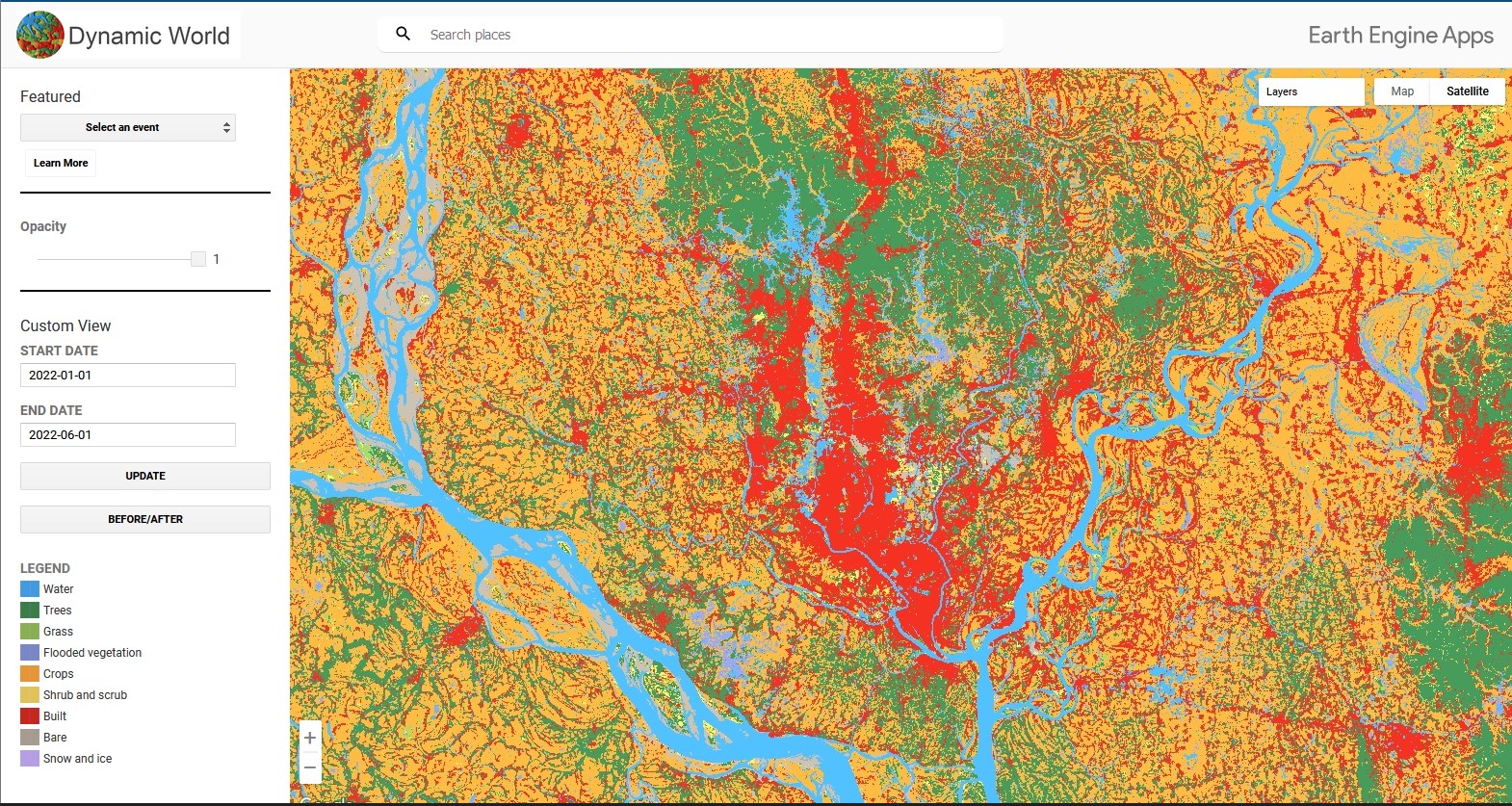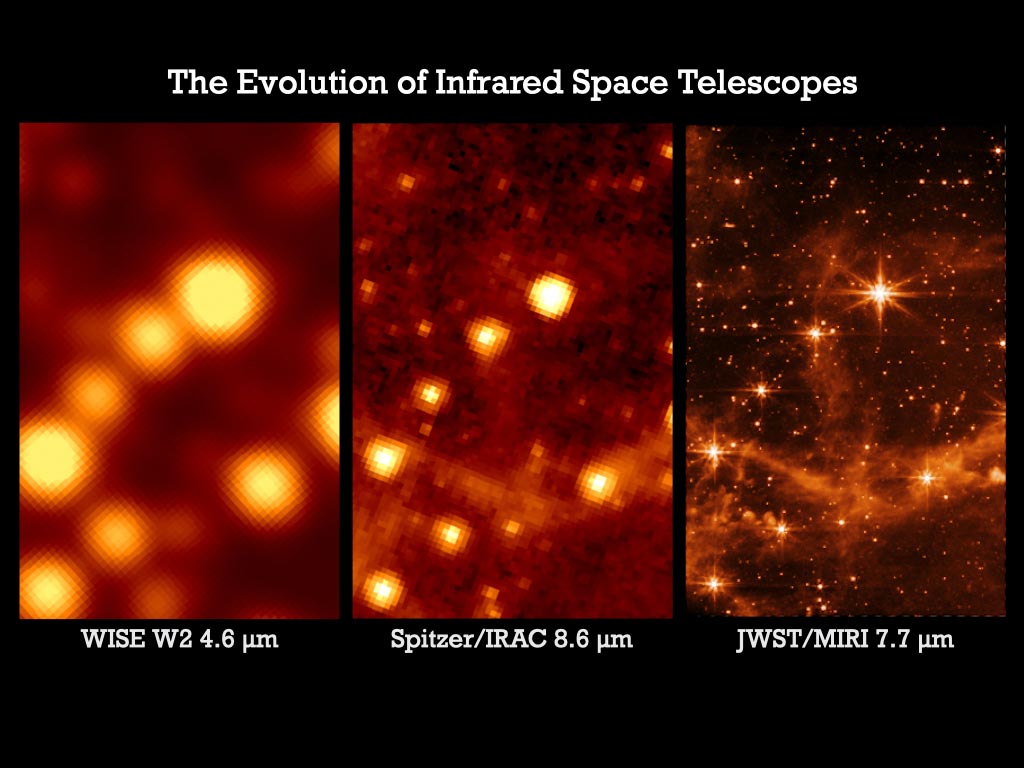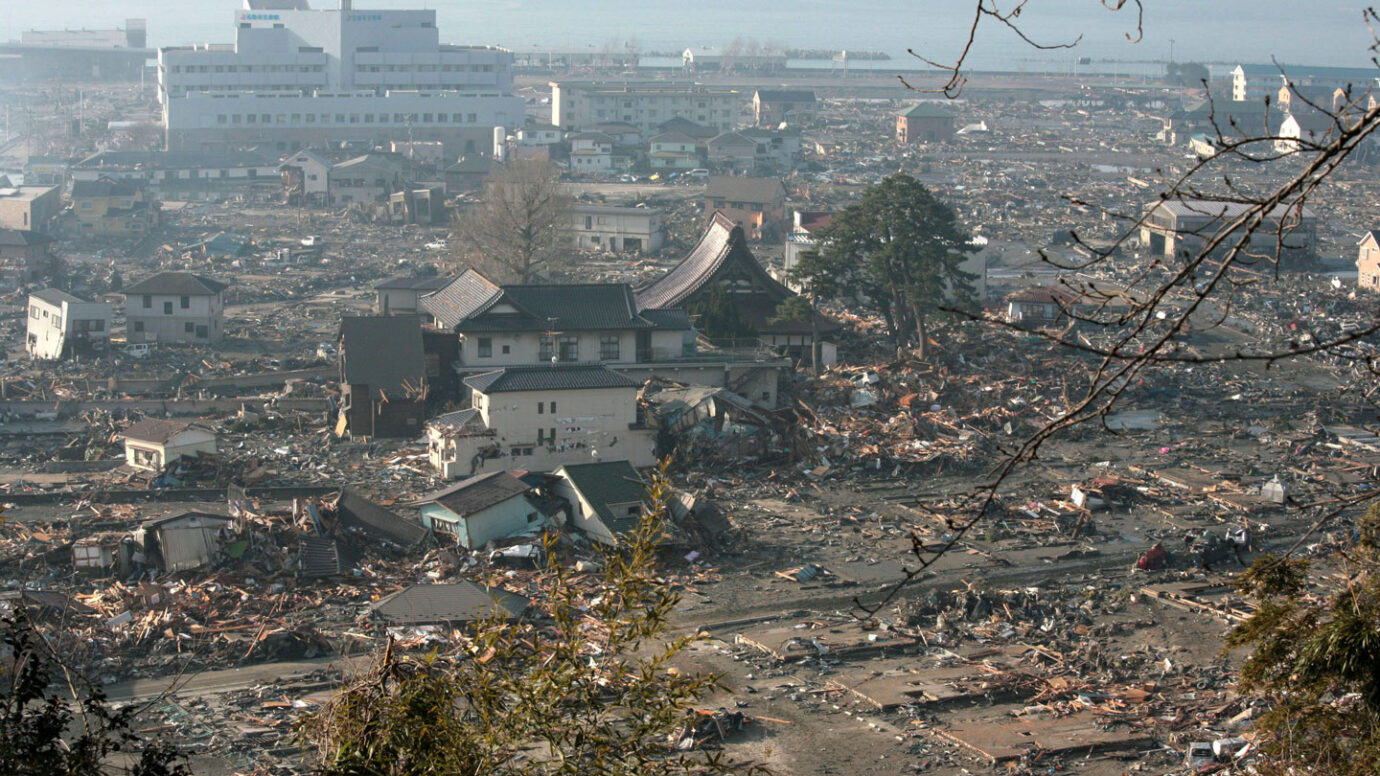- 1 reply
- 2,129 views
- Add Reply
- 1 reply
- 5,081 views
- Add Reply
- 1 reply
- 1,902 views
- Add Reply
- 0 replies
- 1,681 views
- Add Reply
- 0 replies
- 1,628 views
- Add Reply
What's New in ArcGIS Pro 3.0

By Lurker,


Highlights
Now that you’re caught up to speed and ready to run the latest release of ArcGIS Pro, here are some of our favorite features that we are excited to bring you.
Package Manager
The Package Manager page allows you to manage conda environments for use within ArcGIS Pro. Formerly identified as the Python page, the Package Manager page now supports the upgrade of conda environments you’ve created in previous versions of ArcGIS Pro to the current version, the repair of b
Near-real-time 10m resolution global land cover data has arrived

By rahmansunbeam,


World Resources Institute and Google announced 10m resolution global land cover data called Dynamic World powered by Google Earth Engine and AI Platform. Dynamic World is a 10m near-real-time LULC dataset that includes nine classes and available for the Sentinel-2 L1C collection from 2015 until today.
The incredible James Webb Space Telescope Images will be released next month

By rahmansunbeam,


The images above are released by the James Webb Space Telescope (JWST) team aren’t officially ‘first light’ images from the new telescope, but in a way, it feels like they are. These stunning views provide the initial indications of just how powerful JWST will be, and just how much infrared astronomy is about to improve.
The images were released following the completion of the long process to fully focus the telescope’s mirror segments. Engineers are saying JWST’s optical performance is “be
Google Maps “immersive view” is the ultimate graphics mode for Google Maps

By Lurker,


For most uses, Google Maps is a flat, 2D app, and if your device can handle more graphics and a bit more data, you can fire up the Google Earth 3D data set and get 3D buildings. At Google I/O Google has announced a new level that turns the graphics slider way, way up on Google Maps: Immersive View. When exploring an area in Google Maps, the company says Immersive View will make it "feel like you’re right there before you ever set foot inside."
The video for this feature is wild. It basicall
Machine learning and gravity signals could rapidly detect big earthquakes

By Lurker,


Massive earthquakes don’t just move the ground — they make speed-of-light adjustments to Earth’s gravitational field. Now, researchers have trained computers to identify these tiny gravitational signals, demonstrating how the signals can be used to mark the location and size of a strong quake almost instantaneously.
It’s a first step to creating a very early warning system for the planet’s most powerful quakes, scientists report May 11 in Nature.
Such a system could help solve a thorny
-
Forum Statistics
8.8k
Total Topics43.5k
Total Posts



